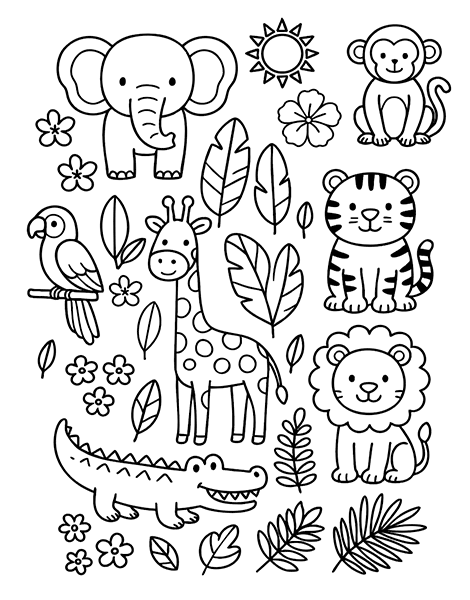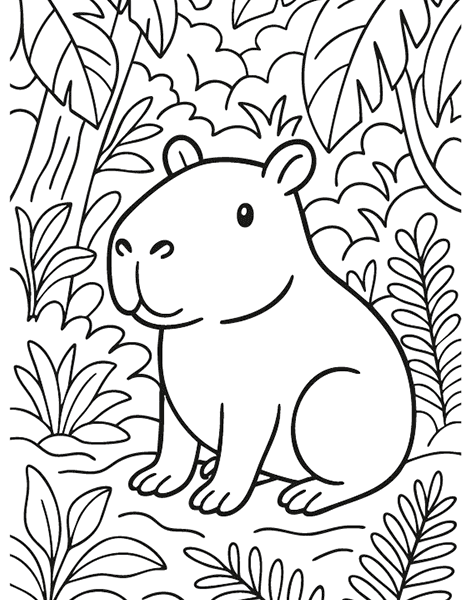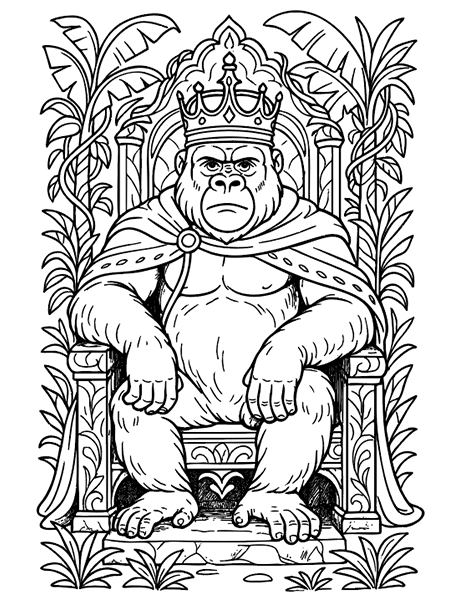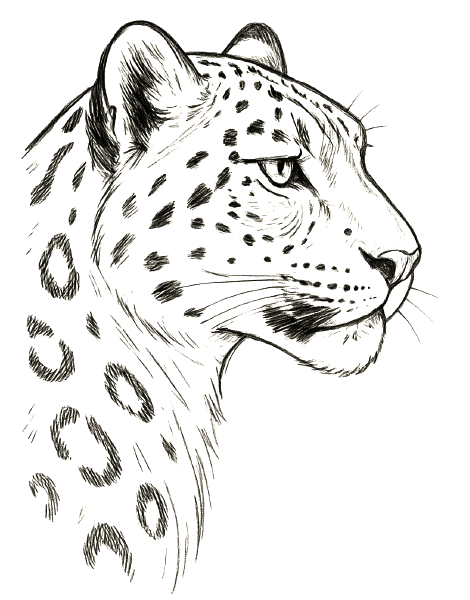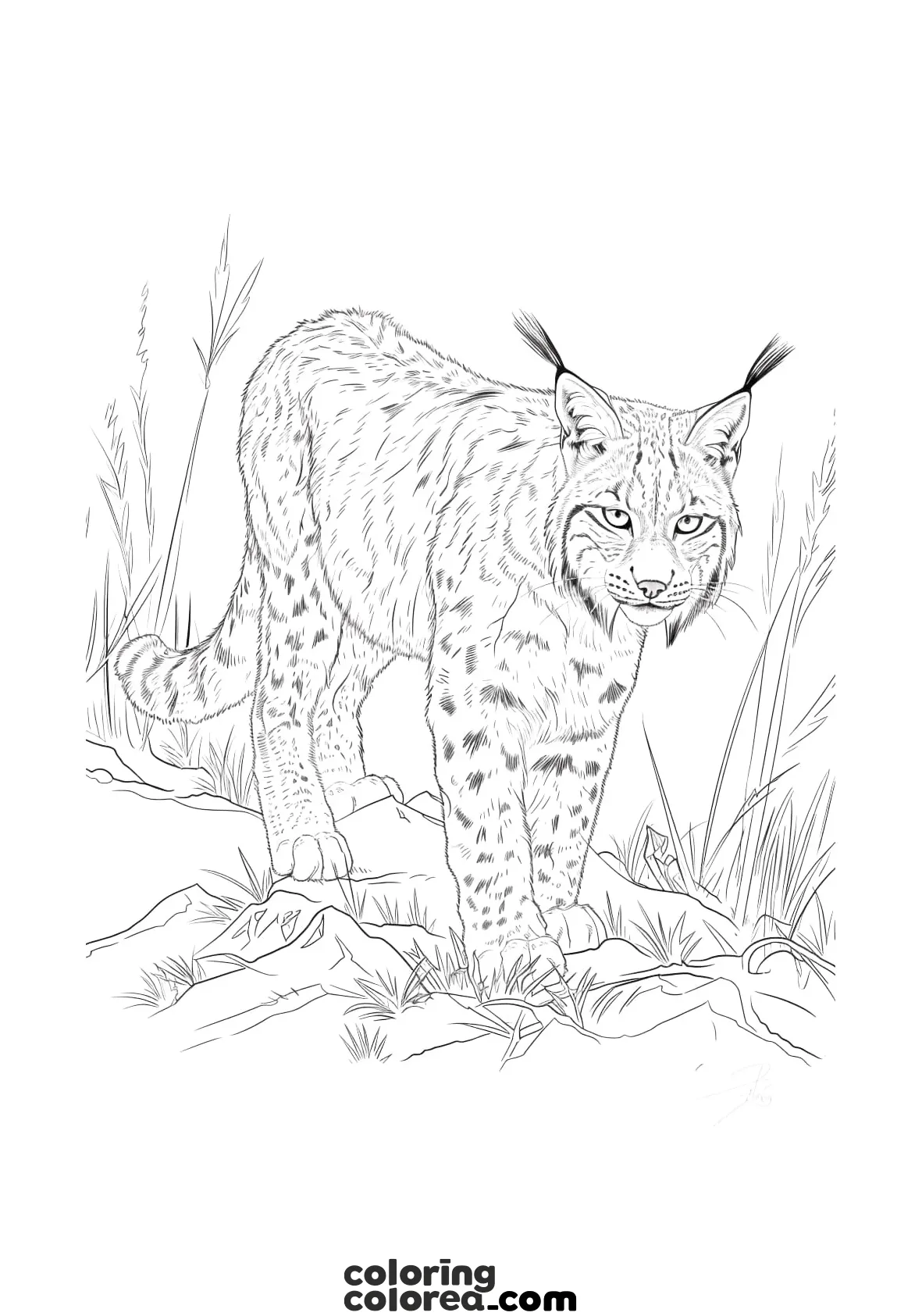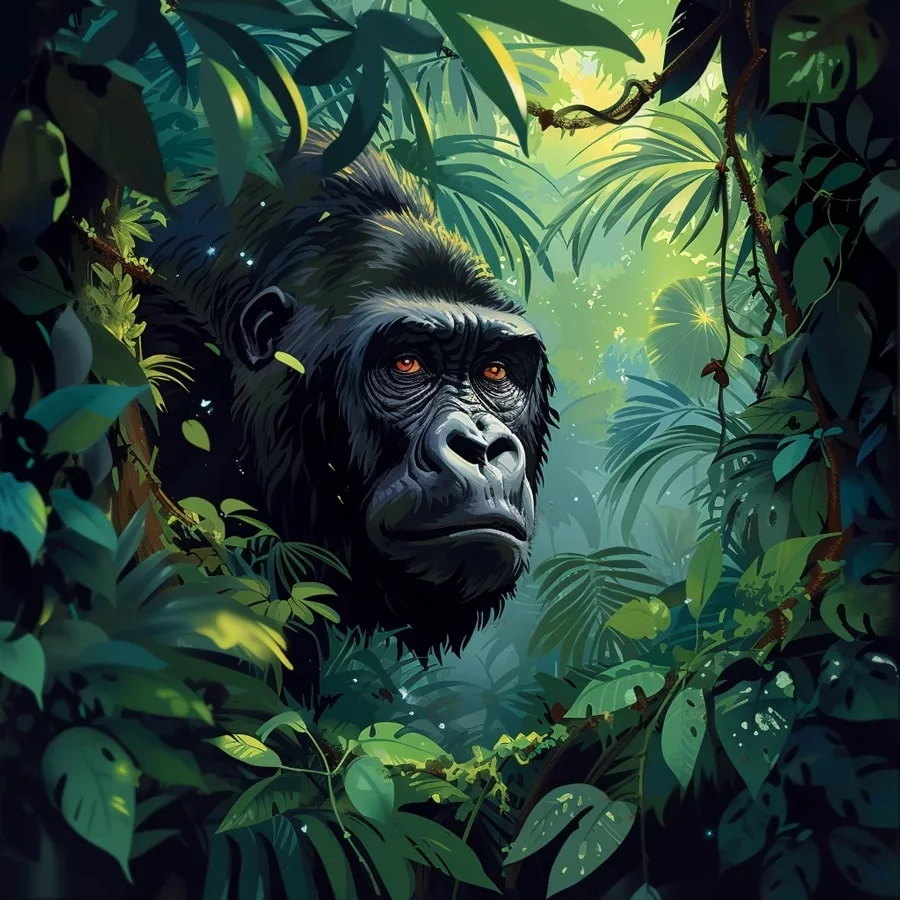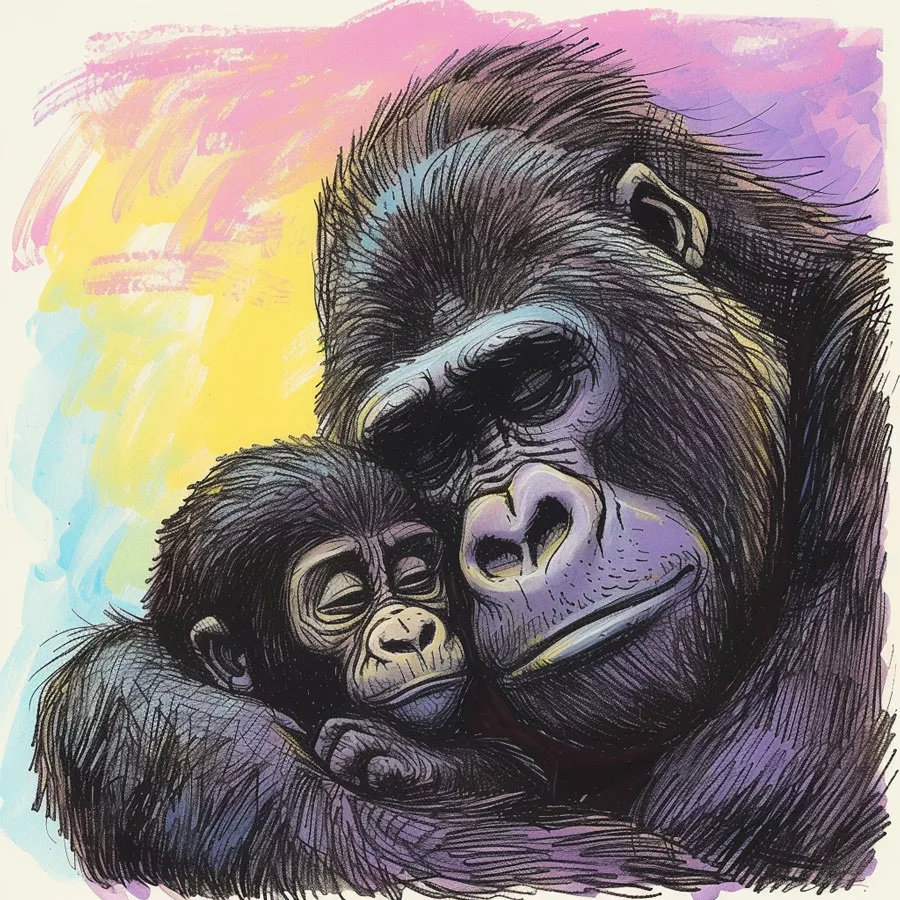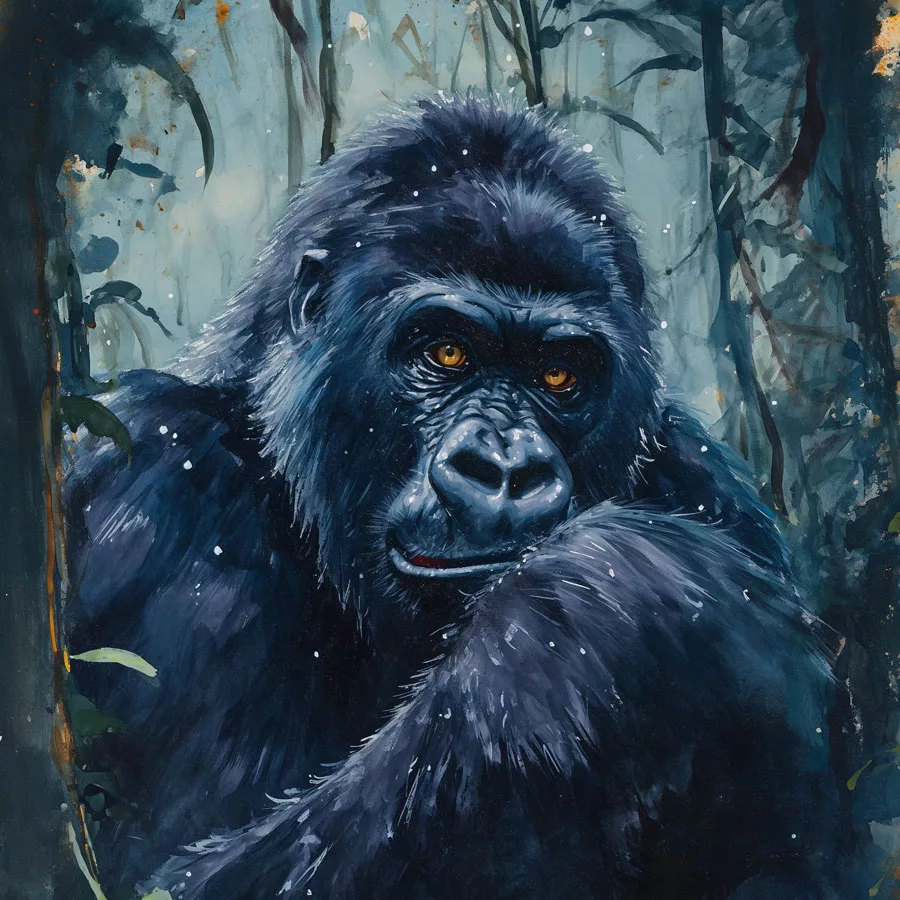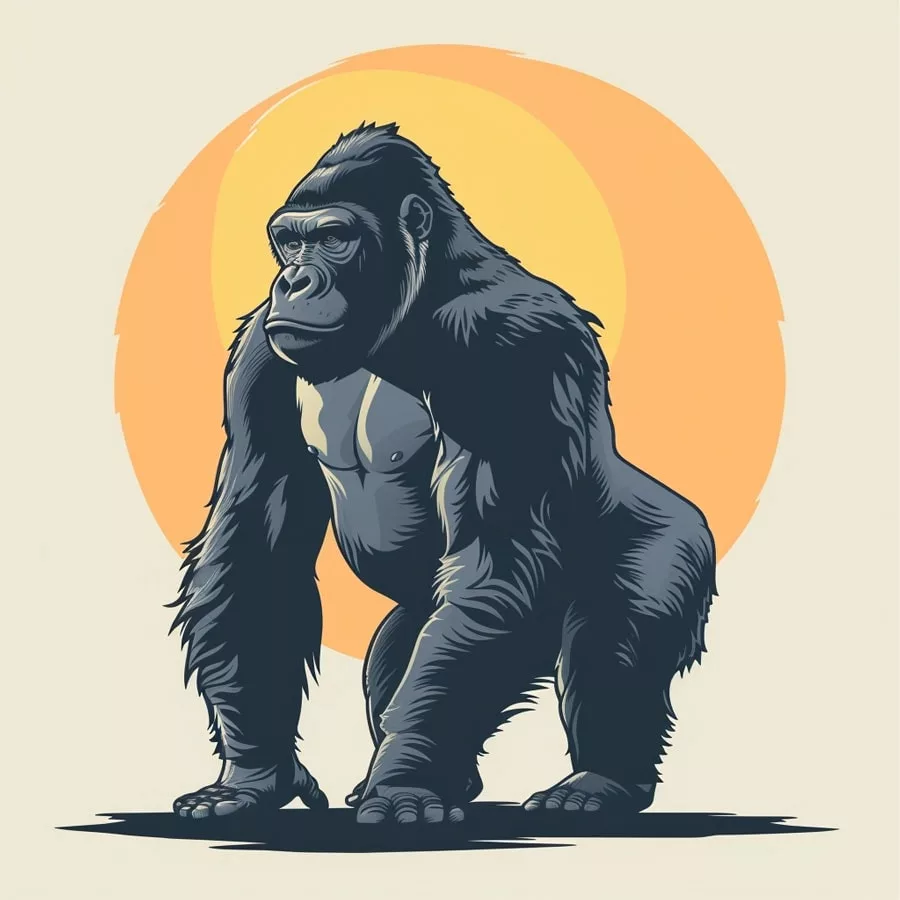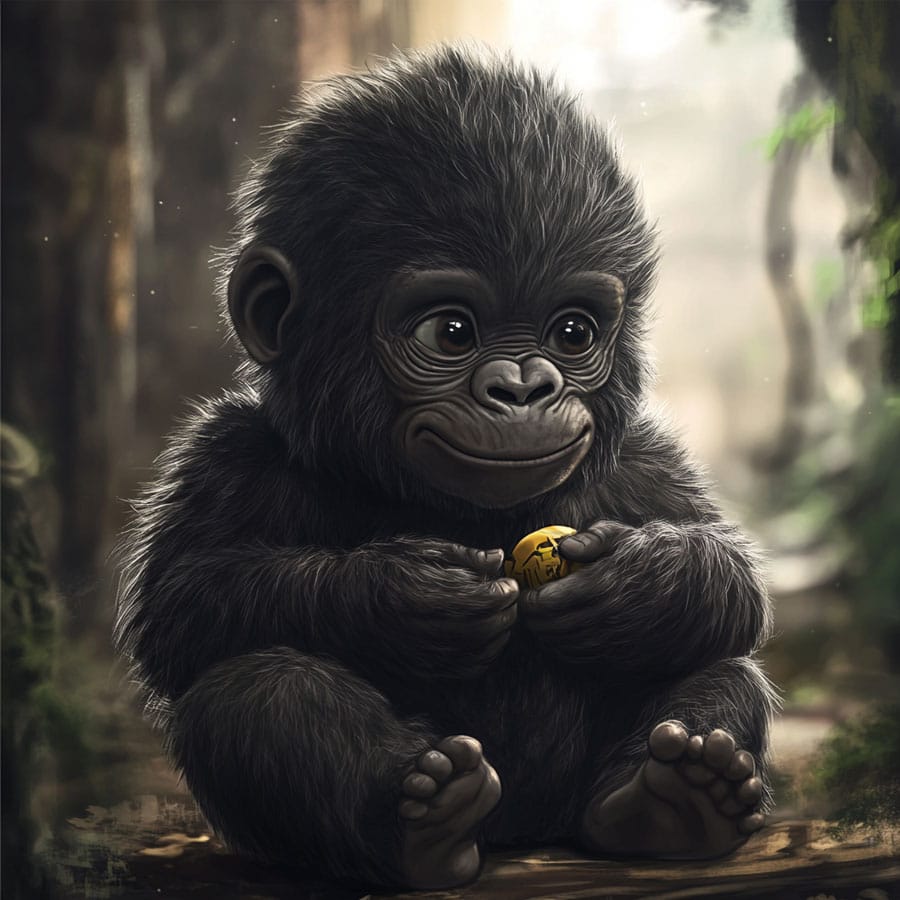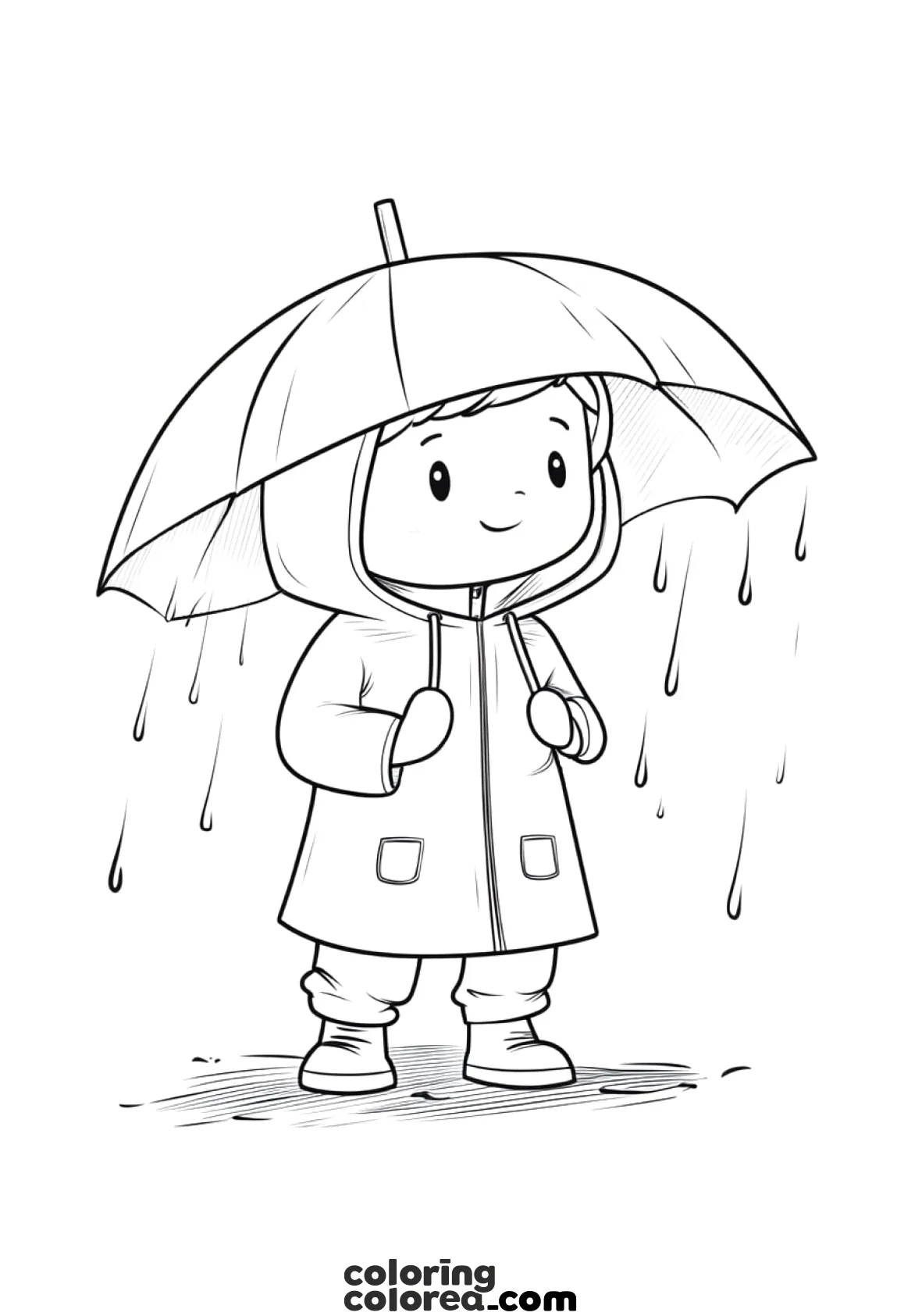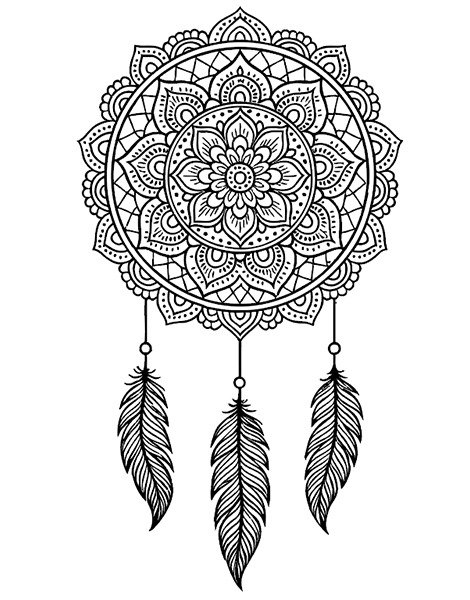Ideas and Tips for Coloring the Gorilla in the Jungle
Use a range of gray tones on the animal, from light to dark, for the fur. Start with a medium gray for the broader areas and add shadows with a darker gray around the eyes, muzzle, and neck. Use white or very light gray to highlight the most illuminated parts, such as the forehead and the fur edges. For the eyes, go for dark brown or black, adding a white dot to reflect light.
This is the most important and challenging part. The leaves around should be colored with varied greens, from light green for the leaves exposed to light to dark green in the shadows. Adding small details with yellow or brown tones to some leaves can add a touch of realism. Shadows are essential to create depth. Use darker tones of the base colors to create shadows. Remember, shadows are not completely black; they usually have a slight tint of the base color.
It’s important to pay attention to the boundaries between the gorilla and the leaves so the colors don’t blend too much. A soft gradient technique is ideal for transitions between lights and shadows in the fur and the leaves.
Get to Know Gorillas Better
Without a doubt, these are among the most intelligent and fascinating animals on the planet, known for their ability to use tools, communicate through gestures, and show complex emotions. Unfortunately, many gorilla species are endangered due to poaching and the destruction of their jungle habitat. As vital parts of their ecosystem, these enormous primates play a crucial role in seed dispersal and in maintaining the balance of vegetation.
This drawing is an excellent opportunity to reflect on the importance of protecting these animals and their environment. Be inspired by the strength and beauty of this animal to create a unique and meaningful work of art!
Want to know more about gorillas? Click here

